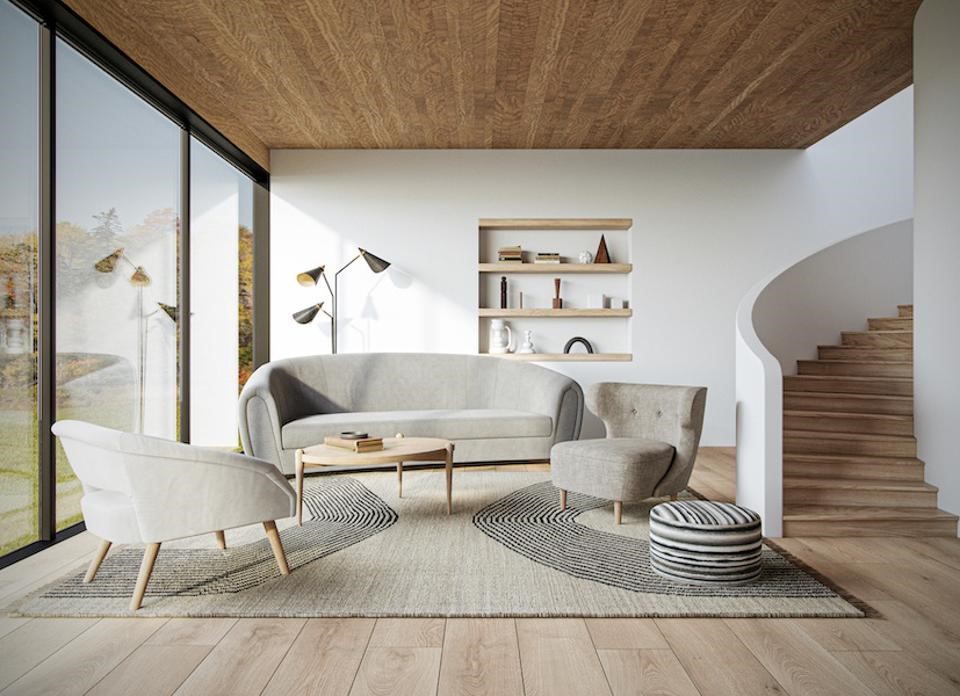Rugs are a vital element of home decor, providing not only comfort and aesthetic appeal but also essential practical advantages like floor protection and noise dampening. Whether you’re aiming to introduce a vibrant accent to your living room or add warmth and texture to your bedroom, there’s a rug perfectly suited to your preferences and space. In this comprehensive guide, we’ll explore the advantages of owning a rug, the key benefits they provide, and essential tips for selecting the ideal rug tailored to your home’s unique style and needs.
Benefits of Owning a Rug
- Floor Protection: Rugs act as a protective layer between your flooring and daily wear, shielding hardwood, tile, or carpeted surfaces from scratches, scuffs, and general damage. This protective barrier helps extend the life and appearance of your floors, preserving your investment.
- Comfort: By adding a soft and cushioned surface, rugs bring warmth and coziness to any room. Whether you’re standing in the kitchen or walking barefoot in your bedroom, rugs enhance comfort and make your living space more inviting.
- Style: With endless options in color, pattern, and texture, rugs are a versatile way to express your personal style. They help unify a room’s décor, whether you prefer bold geometric prints or subtle neutral tones, elevating the overall ambiance.
- Noise Reduction: Rugs absorb sound waves, reducing echoes and minimizing noise within your home. This feature is especially beneficial in high-traffic areas or apartments, creating a quieter and more peaceful environment.
Choosing the Right Rug for Your Home
When selecting a rug, consider several factors to ensure it complements your space both functionally and aesthetically. Size plays a crucial role; measuring your designated area before purchasing helps you choose a rug that harmonizes with your furniture and room dimensions. Avoid rugs that feel too small and disconnected or excessively large and overpowering.
Color and pattern should complement your existing interior design. Bright or patterned rugs can introduce visual interest to neutral spaces, while solid tones offer balance and cohesion. Align the rug’s palette with your room’s color scheme to create a unified look.
Material matters significantly depending on your lifestyle. Natural fibers like wool and cotton are known for durability and longevity, while synthetic fibers such as polypropylene provide stain resistance and easy maintenance—ideal for homes with pets or children.
Finally, consider the rug’s intended purpose. For example, a plush, soft rug is excellent for bedrooms seeking warmth and comfort, whereas a durable, easy-to-clean rug suits entryways with heavy foot traffic and exposure to dirt. Tailoring your choice to the rug’s use ensures both practicality and comfort.
Final Thoughts
In summary, investing in a quality rug enhances your home by protecting floors, improving comfort, injecting style, and reducing noise. Thoughtful selection based on size, material, color, and purpose ensures your rug will be a beautiful and functional addition to your living space for years to come. Begin your search for the perfect rug today and transform your home environment instantly.
Additionally, if you are interested in learning more about What Makes a Rug Last?, we encourage you to explore our comprehensive Cleaning category for insightful tips and ideas.
Beyond the immediate benefits, rugs play a significant role in improving indoor air quality by trapping dust, allergens, and pet dander, preventing them from circulating in your living space. Regular cleaning of your rugs can contribute to a healthier home environment, especially for allergy sufferers. Moreover, rugs introduce a layer of insulation, helping to maintain consistent indoor temperatures and potentially lowering heating costs during colder months. With advancements in sustainable materials, many modern rugs also offer eco-friendly options that combine environmental responsibility with style and durability, making them a smart choice for contemporary homeowners.

























